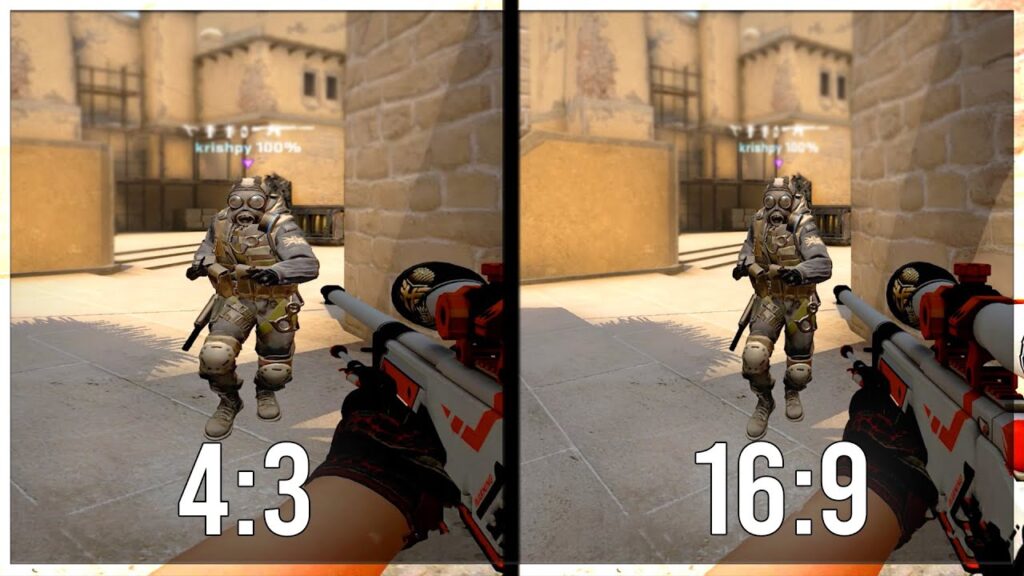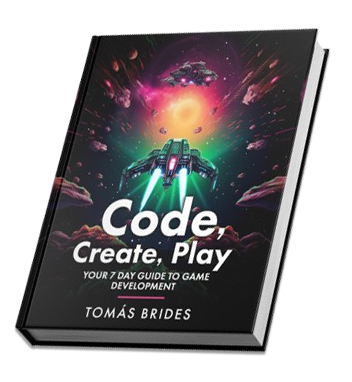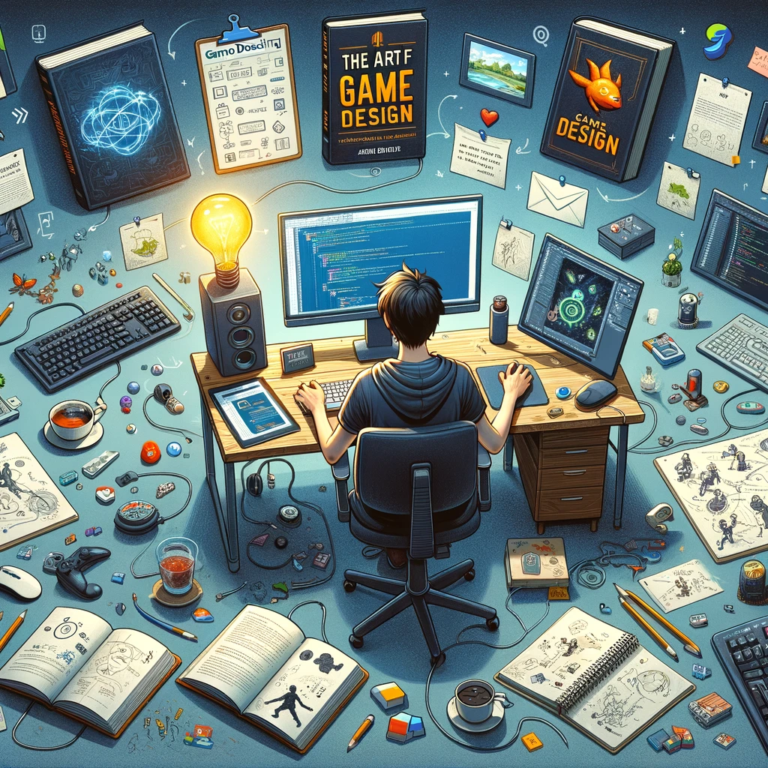When preparing a game design document (GDD) for your video game, one of the key decisions you’ll for your game’s development is choosing the right screen resolution. Screen resolution refers to the number of pixels displayed on the screen, and is represented by a pair of numbers both horizontally and vertically—for example, a resolution of 1920×1080 means 1920 pixels horizontally across and 1080 pixels vertically down. The higher the pixel density you decide to develop your game in will impact not only the visual quality of your game but also its performance across different devices. But maybe you’re asking yourself now, what are these things called pixels you are referring to?

What are Pixels?
Pixels are the tiny squares of light that make up the image you see on your screen. The more pixels you use, the more detailed your video game images will be. However, if you decide to use a lot of pixels in your video game, this will require more processing power to manage them, which can impact your video games performance, especially on less powerful devices.
As a game developer creating your smash hit game, you need to image the same game looking different across multiple resolutions. When you design your game to adapt well to different resolutions it can significantly enhance the players experience on wide variety devices, such as desktop computers, handheld, smartphones and laptops.
What are Aspect Ratios?
Aspect ratios are the ratio of the width to the height of a screen. These are important because they determine how a game is viewed. Common ratios today are 16:9 or 16:10 screen resolutions. 16:9 is an important ratio when considering if gameplay of your game will be shown on YouTube! Deciding on your aspect ratio before starting to develope your game is crucial, because you will want to know how your game screen will fit across multiple devices without unnecessary letterboxing or stretching.
Letterboxing and stretching are two common issues that occur when video games are displayed on screens with aspect ratios that differ from the game’s native aspect ratio. Letterboxing happens when black bars are added to the top and bottom or sides of the screen to fill the unused space, maintaining the game’s original aspect ratio without distorting the image. This is often seen when a game designed for a 4:3 ratio is played on a 16:9 display.

Stretching occurs when the game’s image is horizontally or vertically stretched to fill the entire screen, which can distort graphics and make the gameplay experience less visually appealing. This typically happens when a game designed for a widescreen format is forced into a narrower aspect ratio screen. Both effects are methods to adapt the game display to different screens but can impact the visual experience if not managed correctly.

Choosing the Right Resolution for 2D vs. 3D Games
Screen Resolution Consideration for 2D Games
For 2D games, especially if you plan on developing a game in a pixel art style, choosing a resolution can depend heavily on the artistic style and scaling needs. Many developers prefer resolutions that scale well without blurring, such as 480×320, which can also be doubled to 960×640 for higher display settings. These lower resolutions help to keeps the 2D game art crisp and clear, while not taxing hardware. In many game development forum people talk about the benefits of using resolutions like 1280×720 for 2D games because it scales up nicely to 1080p or down to 360p. Some examples of famous games with low native screen resoltuions with outstanding gameplay are Celeste and Shovel Knight. Celeste uses a native resolution of 320×180, which scales up well to higher resolutions. It’s low base resolution allows for sharp pixel art and smooth scaling on larger screens. Shovel Knight employs a native resolution of 400×240, which is reminiscent of older 8-bit and 16-bit game systems. This resolution doubles neatly to 800×480 for higher-resolution displays which helps to maintain the game’s nostalgic pixel art style without blurring.
As a beginner 2D video game developer you might choose a lower resolution so that you do not have to design detailed sprites for the game for example if you’re just building a 2D space shooter game you could begin with a resolution of just 960×540 pixels. Why choose 960×540 pixels resolution? It’s a versatile size, fitting well within standard high-definition (720p) screens and a quarter of 4K (2160p) resolution screen, making it suitable for most desktop displays.

Screen Resolutions for 3D Games
3D games typically benefit from higher base resolutions. Starting with a resolution such as 1920×1080 allows for detailed textures and models, which are crucial for creating immersive environments. Starting at a high resolutions is important in 3D game development becuase the expectation for visual fidelity in is much higher for them. However, as a 3D videogame developer you must also provide options to scale down the resolution to cater to players with less powerful hardware.
Testing your game on various devices with different screen sizes and resolutions is crucial to make sure it looks good and runs smoothly, whether it’s played on a high-end gaming monitor or a mobile phone.
Giving Users Screen Resolution Control
Allowing users to adjust the game window size and choose full-screen options that automatically detect the best resolution for their setup can greatly enhance user experience. This flexibility helps accommodate a wide range of personal preferences and hardware capabilities.
It boils down to this – higher resolutions allow for more detailed environments but can also lead to smaller UI elements, which may be harder to see. This can affect the acessibility of your game, especially if a player has a visual impairment. As a game developer you need to consider how elements like text, icons, and interactive objects appear at various resolutions and adjust their designs to ensure usability across all devices.
As technology advances, so will display capabilities. If you design your game to be flexible in terms of resolution and aspect ratio now you can help future-proof. It might mean including support for 4K resolutions.
For screen resolution in game development, unfortunatly there is no one-size-fits-all universal resolution. The goal is to find a balance that offers the best player experience, both visually and in performance.
Anyway, while a games visuals are essentail, they should not trump the gameplay, right?
Feel free to browse over to our list of online resources for guidance, but at the end of the day you should primarily focus on what works best for your game.
Develop Your First Video Game With a Guide on Screen Resultions
What you’ll Learn
- Setting up a game development environment in GameMaker.
- Fundamentals of game design & coding.
- Understanding basics of game graphics.
- Coding essential game mechanics.
- Using GML for enemy dynamics.
- Managing player health and lives.
- Implementing a scoring system.
- Designing a home screen, menu, and end screen.
- Enhancing gameplay with music and sound effects.
- Enhancing gameplay with music and sound effects.






